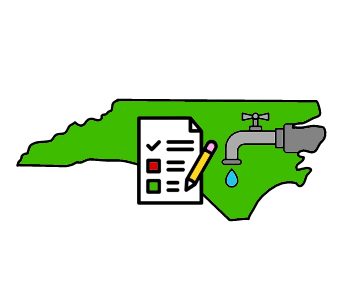On August 29, the EFC lead a webinar on finance and governance models for watershed management as part of the Environmental Finance Network Smart Management for Small Water Systems program. The webinar focused on source water protection as an effective way to protect public health and avoid the costs associated with contaminated drinking water. The webinar sought to answer three separate questions:
- What is watershed management?
- How do small water systems (under EPA guidelines, those serving under 10,000 people) benefit from watershed management?
- How can small systems participate in watershed management?
The answers to the first two questions are somewhat straight forward; watershed management is any strategy or set of strategies that positively influences land characteristics in a drainage area, and small systems benefit by avoiding costs; both monetary and abstract.
However, the answer to the third question is a bit more difficult. Small systems face unique challenges with respect to watershed management for the protection of drinking water; they often rely on purchased water, they have limited technical and financial resources, and they have limited ability to impact land use in the entirety of their water supply watershed. Watershed boundaries often cross jurisdictional boundaries, so the land use decision made by a neighboring government often heavily impacts the quality of the small system’s source water. This makes partnership extremely important. Small systems can partner with neighboring jurisdictions, enter into a shared source partnership, or collaborate with nonprofit conservation groups in order to have a greater impact on the quality of their source water. Continue reading








